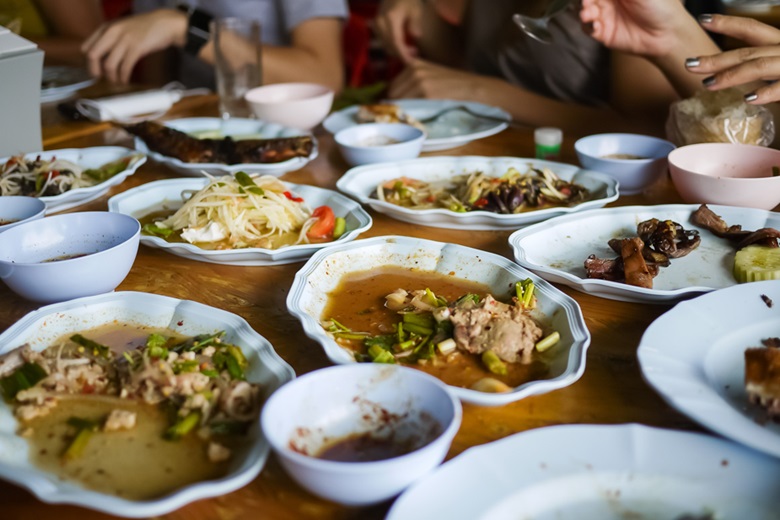We Waste Too Much Food

The problem of food loss and waste is bigger than we think
The leftovers swept away from our dining tables every evening or the takeout rotting in our refrigerators for weeks tend to pile up as food waste. But even before food gets to our plates, much of it has already been lost.
According to United Nations research, roughly one-third of the edible parts of food produced for human consumption gets lost or wasted globally—that’s about 1.3 billion tons per year. Meanwhile, post-harvest losses for fruits and vegetables can be as high as 50 per cent or more.
This means there is much less food available to people or eaten than what is produced. It affects the quality of life of billions, consequently depriving some of them of a basic human right.
Reducing food loss and waste is equal to increasing the food supply, reinforcing food security and contributing to the alleviation of poverty.
Much of the burden of reducing food waste reduction falls to the APEC region. While it houses 39 per cent of the world population, it is also where a bigger portion of the food is produced, accounting for 54 per cent of the world’s gross domestic product, 53 per cent of cereal production, and 70 per cent of fish production.
What is being done at the government level?
Most APEC member economies have set plans and targets and have adopted policies to stem food waste. For example, Chile—the APEC 2019 host-economy, and which is an economy rich in food-resources—has developed a plan to reduce food loss and waste by 17 per cent by 2022.
Efforts like this are relevant for developed and developing economies, agriculture-dependent or otherwise.
Singapore, which has no agricultural land, is one of the most food-secure economies in Asia. It adopts a food waste management approach beginning with reducing food wastage at the source, followed by promoting the redistribution of unsold and/or excess food, and by recycling and/or treating food waste.
The Philippines, an agriculture-reliant economy, has established strategic post-harvest facilities to manage specific crops, and has launched an advocacy campaign to manage rice consumption and promoting better health. The economy is targeting eventual zero food waste through legislative initiatives.
What is being done at the regional level?
Collectively, member-economies have adopted the APEC Action Plan for Reducing Food Loss and Waste in 2014 which aims at defeating hunger and malnutrition, and improving living standards of especially the poorest and marginalized. The plan also contributes to the Millennium Development Goal of improving food security.
This anti-food waste action plan is part of a bigger food security roadmap for the long-term goal to provide APEC member-economies with lasting food security, as well as enhance their food supply efficiency, and provide more affordable food for lower-income consumers. According to the roadmap aims APEC economies to reduce food losses and waste by 10 per cent by 2020, compared with food waste levels of 2011–2012.
How about the individual level?
As economies in the APEC region work together to mitigate food loss and waste, so should individuals take on the mantle from their homes.
Check for local literature on the matter. Support the initiative by buying, cooking or ordering only what you can consume, and by spreading the word.

